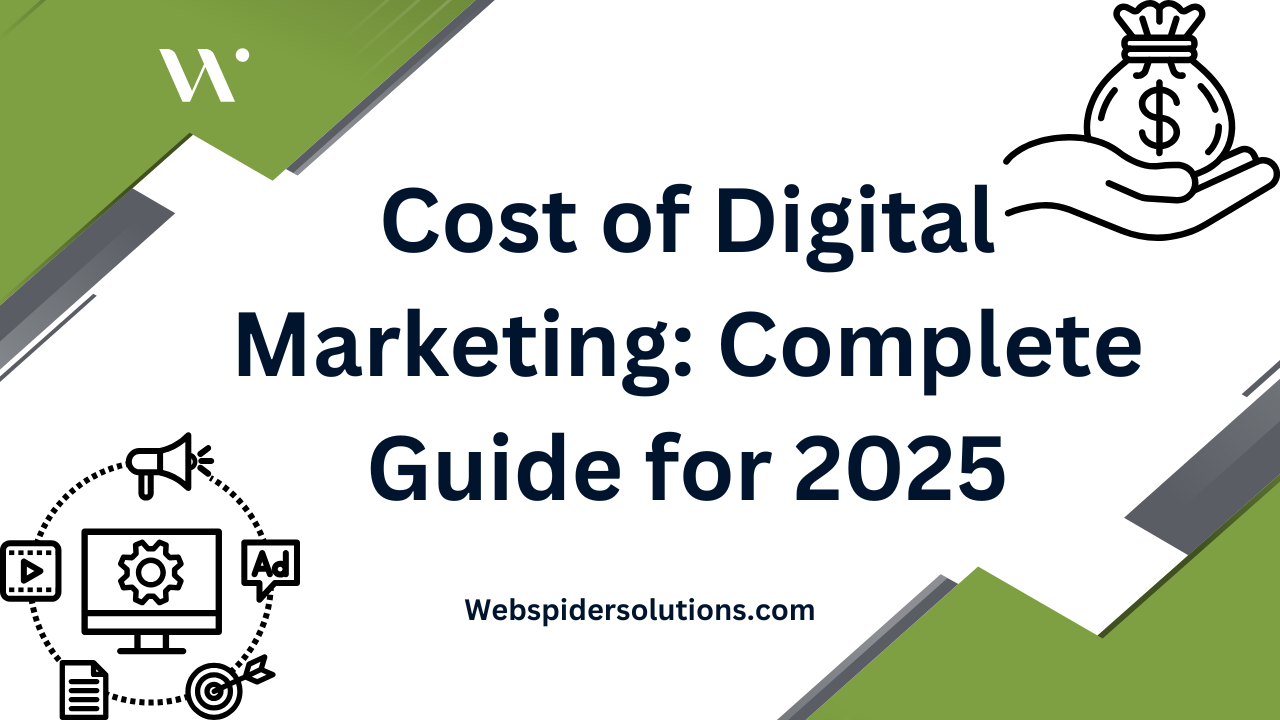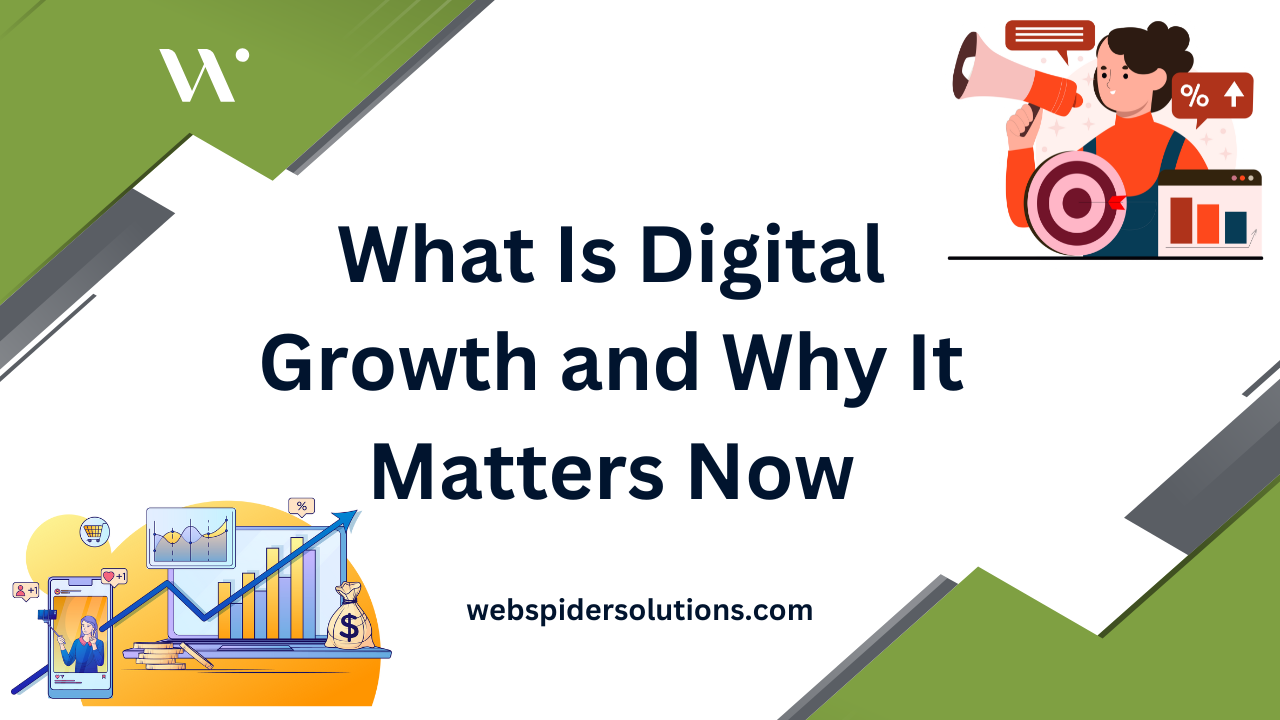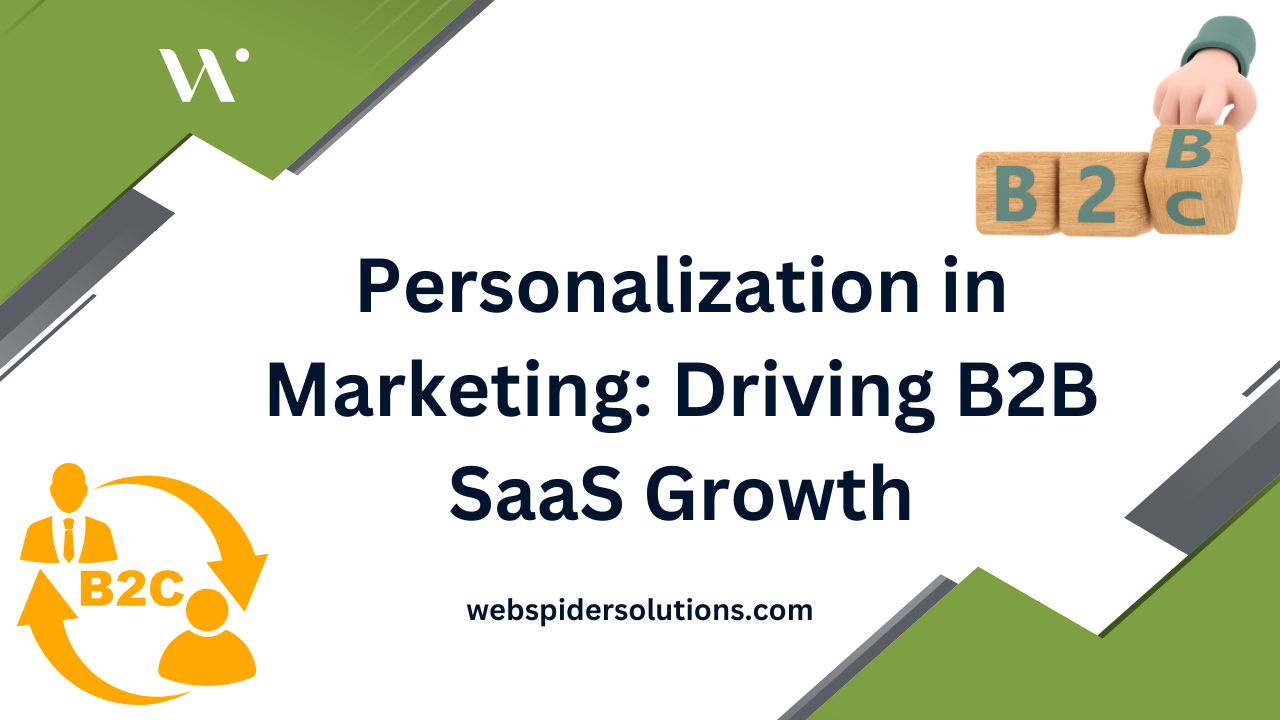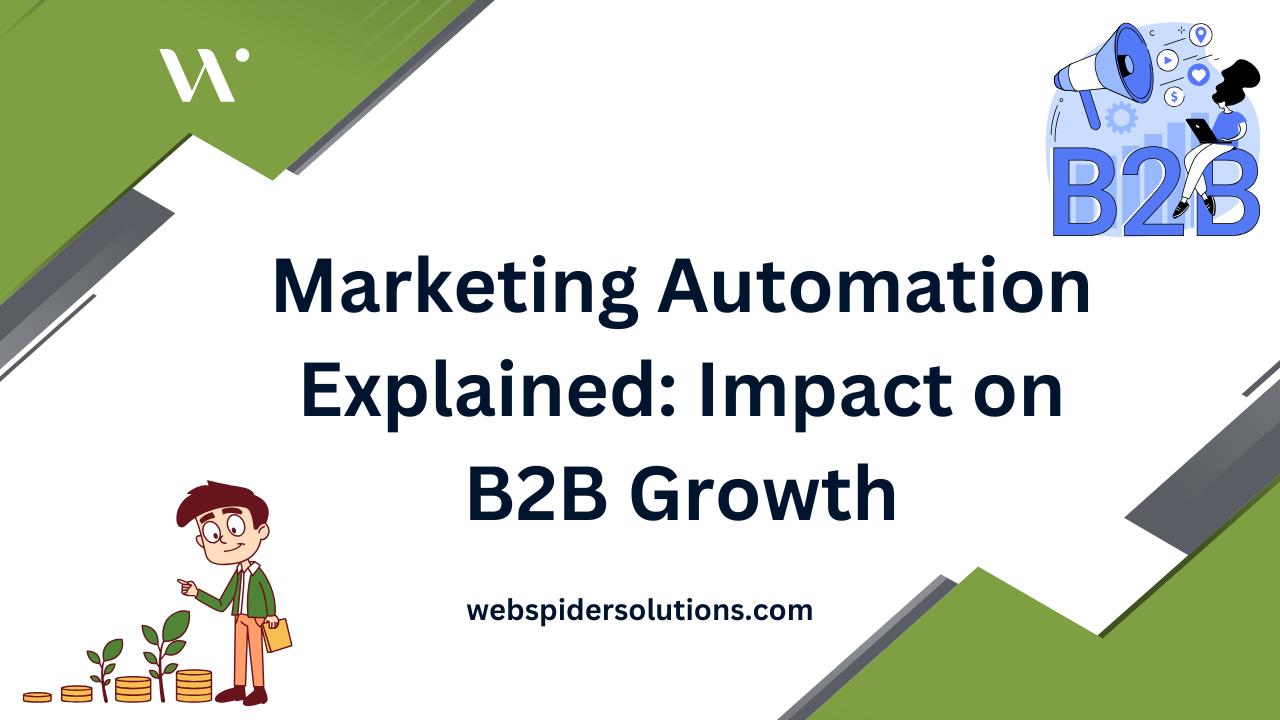Nearly 80 percent of businesses struggle to accurately track their digital marketing expenses, according to recent research. Getting a clear picture of what you actually spend on marketing can be tricky when so many costs hide in plain sight. From paying for content and tools to investing in skilled teams and data, understanding the real price tag helps you make smarter choices and stretch every marketing dollar further.
Table of Contents
- Defining The True Cost Of Digital Marketing
- Major Types Of Digital Marketing Services
- Factors Influencing Digital Marketing Pricing
- Comparing Pricing Models And Structures
- How To Budget For Digital Marketing Costs
- Common Costly Mistakes To Avoid
Key Takeaways
| Point | Details |
|---|---|
| Comprehensive Cost Understanding | Digital marketing costs encompass various components, necessitating a strategic, data-driven approach to budgeting that aligns with business goals. |
| Dynamic Pricing Models | Selecting the right pricing model—whether hourly, project-based, performance-based, or retainer—should be based on campaign complexity and desired outcomes. |
| Importance of Flexibility | Maintaining budget flexibility for testing and optimization is essential to adapt to changing market conditions and consumer behaviors. |
| Avoiding Common Pitfalls | Businesses should prioritize data insights, performance tracking, and adaptive strategies to mitigate costly mistakes in marketing campaigns. |
Defining the True Cost of Digital Marketing
Digital marketing isn’t a simple line item expense – it’s a complex, adaptive investment that requires strategic financial planning. According to research from the NOAH framework, managing marketing budgets involves navigating massive heterogeneous data streams while simultaneously optimizing spend across multiple channels and touchpoints.
The true cost of digital marketing extends far beyond basic advertising expenses. Marketing expenditures typically encompass several critical components:
- Content creation and development
- Advertising platform fees
- Technology and software subscriptions
- Talent and human resource costs
- Data analytics and performance tracking
As research from adaptive experimental design methods indicates, modern digital marketing requires continuous testing and optimization. This means your budget must be flexible enough to experiment, measure outcomes, and rapidly adjust strategies based on real-time performance data.
Understanding digital marketing costs means recognizing it’s an ecosystem of interconnected investments. By implementing a data-driven approach like the one outlined in the NOAH framework, businesses can transform marketing expenditures from unpredictable expenses into strategic growth investments. Discover how to measure your marketing ROI to ensure every dollar spent contributes meaningfully to your business objectives.
Major Types of Digital Marketing Services
Digital marketing has evolved into a sophisticated ecosystem of specialized services designed to help businesses reach and engage their target audiences. According to research from multiple sources, digital marketing basics encompass a range of strategic approaches that go far beyond traditional advertising techniques.
The primary types of digital marketing services include:
- Search Engine Optimization (SEO): Improving website visibility in organic search results
- Search Engine Marketing (SEM): Paid advertising strategies on search platforms
- Social Media Marketing: Building brand presence and engagement across social channels
- Content Marketing: Creating valuable, relevant content to attract and retain audiences
- Email Marketing: Direct communication and nurturing customer relationships
- Affiliate Marketing: Partnering with external promoters to expand reach
- Mobile Marketing: Targeting users through mobile-specific channels
- Marketing Analytics: Tracking and interpreting performance data
Each digital marketing service offers unique advantages and can be strategically combined to create comprehensive marketing ecosystems. By understanding these different approaches, businesses can develop integrated strategies that maximize their online visibility and drive meaningful engagement with potential customers.
The key is not just implementing these services, but thoughtfully selecting and integrating them based on specific business goals, target audience characteristics, and available resources.
 Successful digital marketing requires a nuanced, data-driven approach that continuously adapts to changing market dynamics and consumer behaviors.
Successful digital marketing requires a nuanced, data-driven approach that continuously adapts to changing market dynamics and consumer behaviors.
Factors Influencing Digital Marketing Pricing
Digital marketing pricing is a complex landscape shaped by multiple interconnected variables that go far beyond simple service rates. According to the NOAH framework, data heterogeneity and multi-channel customer journeys play critical roles in determining marketing investment strategies and associated costs.
Key factors influencing digital marketing pricing include:
- Business Scale and Complexity: Larger organizations with more complex marketing needs typically require more comprehensive and expensive services
- Target Audience Sophistication: The more niche or challenging the target market, the more specialized and potentially costly the marketing approach
- Competition Intensity: Highly competitive industries demand more aggressive and potentially expensive marketing strategies
- Technology and Tools: Advanced marketing technologies and analytics platforms contribute significantly to overall pricing
- Service Customization: Tailored marketing solutions cost more than standardized, one-size-fits-all approaches
Digital marketing strategy requires adaptive experimentation, which means pricing must account for ongoing testing and optimization. Research indicates that non-stationary consumer behaviors and the need for cost-effective testing methods are crucial considerations in developing pricing models.
Ultimately, businesses should view digital marketing pricing as an investment rather than a fixed expense. The most effective pricing strategies are those that align closely with specific business goals, offer measurable outcomes, and demonstrate a clear path to return on investment.
Comparing Pricing Models and Structures
Digital marketing pricing models have evolved dramatically, moving far beyond traditional fixed-rate approaches. According to the NOAH framework, modern pricing strategies require sophisticated adaptive heuristics that can dynamically adjust to changing market conditions and client needs.
The primary digital marketing pricing models include:
Here’s a comparison of the main digital marketing pricing models:
| Pricing Model | Advantages | Potential Drawbacks |
|---|---|---|
| Hourly Rate | Transparent Flexible |
Less predictable Possible inefficiency |
| Project-Based | Clear deliverables Predictable cost |
Limited flexibility Scope risks |
| Performance-Based | Goal alignment Measurable ROI |
Provider risk Variable costs |
| Retainer | Ongoing support Strategic partnership |
Underutilization risk Less adaptable |
- Hourly Rate Model: Charging based on time invested in specific tasks
- Pros: Transparent, flexible
- Cons: Can incentivize slower work, less predictable costs
- Project-Based Pricing: Fixed cost for defined marketing deliverables
- Pros: Clear expectations, predictable budgeting
- Cons: Less adaptable to scope changes
- Performance-Based Pricing: Compensation tied to specific measurable outcomes
- Pros: Alignment of agency and client goals
- Cons: Potential risk for marketing providers
- Retainer Model: Monthly fixed fee for ongoing marketing services
- Pros: Consistent support, strategic partnership
- Cons: May lack flexibility, potential for underutilization
Adaptive experimental design methods suggest that the most effective pricing structure depends on multiple factors, including campaign complexity, industry dynamics, and specific business objectives. The key is finding a model that balances risk, flexibility, and potential return on investment.
Successful digital marketing pricing isn’t about choosing the cheapest option, but selecting a model that provides the most strategic value.
Businesses should evaluate pricing structures based on their unique goals, budget constraints, and desired outcomes, recognizing that the right pricing model can be a powerful catalyst for marketing success.
How to Budget for Digital Marketing Costs
Budgeting for digital marketing requires a strategic approach that goes beyond simple number crunching. According to the NOAH framework, predictive insights and adaptive optimization are crucial for developing a robust marketing financial strategy that maximizes return on investment.
Key steps in developing an effective digital marketing budget include:
- Assess Current Business Goals: Align marketing spending with specific, measurable objectives
- Analyze Historical Performance: Review past marketing investments and their outcomes
- Calculate Realistic Budget Percentage: Typically 5-15% of total business revenue
- Allocate Funds Across Channels: Distribute budget based on potential ROI and audience reach
- Build in Flexibility: Reserve 10-20% of budget for emerging opportunities and testing
- Track and Adjust: Implement ongoing performance measurement and budget reallocation
Boosting digital marketing ROI requires a nuanced approach to budgeting that considers adaptive experimentation techniques. Research suggests that businesses should view their marketing budget as a dynamic investment rather than a fixed expense, with the ability to quickly pivot based on real-time performance data.
Successful digital marketing budgeting is about strategic allocation, continuous learning, and maintaining the flexibility to optimize spending. Small businesses and enterprises alike must approach their marketing investments with a data-driven mindset, focusing on measurable outcomes and the potential for scalable growth.
Common Costly Mistakes to Avoid
Digital marketing is a complex ecosystem where seemingly minor mistakes can translate into significant financial losses. According to research from the NOAH framework, failing to integrate adaptive heuristics can result in inefficient budget allocation and suboptimal campaign performance.
The most critical mistakes businesses consistently make include:
- Ignoring Data Insights: Proceeding without comprehensive data analysis
- Leads to uninformed decision-making
- Wastes resources on ineffective strategies
- One-Size-Fits-All Approach: Applying identical strategies across different channels
- Neglects unique audience characteristics
- Reduces overall marketing effectiveness
- Inadequate Performance Tracking: Not establishing clear, measurable metrics
- Creates blind spots in campaign performance
- Prevents meaningful strategy adjustments
- Underestimating Consumer Variability: Assuming static consumer behaviors
- Fails to adapt to changing market dynamics
- Results in decreased campaign relevance
- Overcommitting to Single Channels: Putting all resources into one marketing platform
- Increases vulnerability to platform changes
- Limits potential audience reach
Understanding the challenges in digital marketing requires recognizing that non-stationary consumer behaviors demand continuous adaptation. Research indicates that businesses must develop flexible strategies capable of rapidly responding to emerging trends and audience shifts.
The most successful digital marketing approaches embrace uncertainty, maintain strategic flexibility, and view each campaign as a learning opportunity. By anticipating potential pitfalls and maintaining a data-driven, adaptive mindset, businesses can transform potential mistakes into valuable insights for future growth.
Take Control of Your Digital Marketing Budget with Proven Expertise
Understanding the true cost of digital marketing can feel overwhelming as you try to balance multiple channels, shifting consumer behaviors, and complex pricing models. This guide highlights critical pain points like budget flexibility, data-driven strategy, and avoiding costly mistakes. If you want to stop guessing and start investing wisely, it’s essential to partner with experts who understand the nuances of this evolving landscape.
At Web Spider Solutions, we specialize in crafting tailored digital marketing strategies that maximize ROI by integrating services like SEO, content marketing, and precision paid advertising. Our adaptive approach helps businesses overcome challenges related to budget allocation and channel optimization so you can focus on growth without wasting resources. Ready to elevate your marketing results with a partner that prioritizes your goals and adjusts rapidly to market changes? Visit our site to schedule your free consultation and take the first step toward smarter digital marketing spending.
Frequently Asked Questions
What are the main components that contribute to the cost of digital marketing?
The primary components include content creation, advertising platform fees, technology and software subscriptions, talent costs, and data analytics.
How can businesses effectively budget for digital marketing?
Businesses should align their marketing spending with specific goals, analyze past performance, allocate funds across channels, build in flexibility for testing, and continuously track and adjust their budget.
What factors influence the pricing of digital marketing services?
Key factors include business scale and complexity, target audience sophistication, competition intensity, technology costs, and the level of service customization required.
What are the most common mistakes to avoid when budgeting for digital marketing?
Common mistakes include ignoring data insights, applying a one-size-fits-all approach, inadequate performance tracking, underestimating consumer variability, and overcommitting to single marketing channels.
Recommended
-
- Digital Marketing Strategy Steps for 2025 Success – Web Spider Solutions
- Digital Marketing Basics 2025: A Clear Guide for Businesses – Web Spider Solutions
- Building a Marketing Strategy for 2025: A Guide for Competitive Industries – Web Spider Solutions
- Which Companies Offer Comprehensive Digital Marketing Services?











